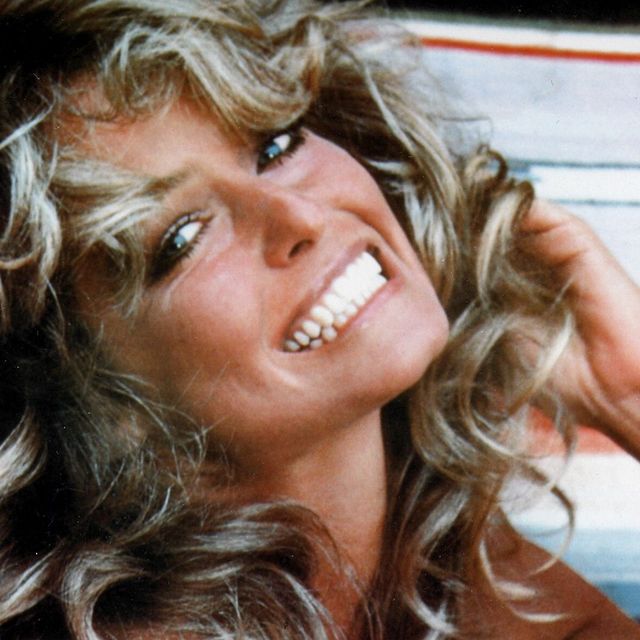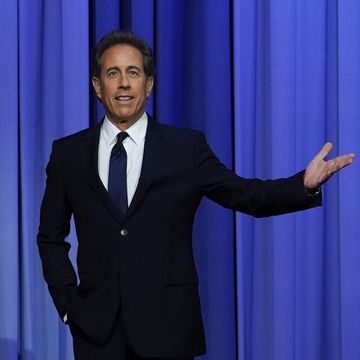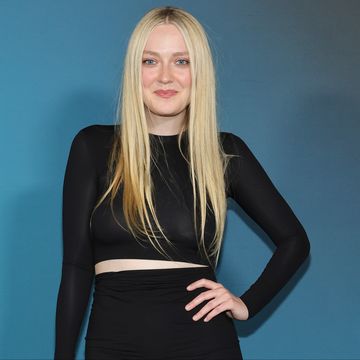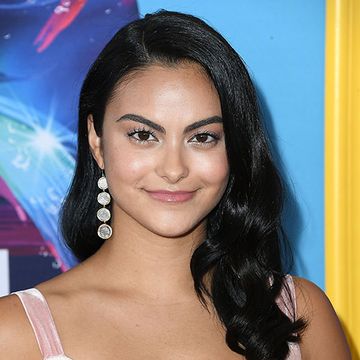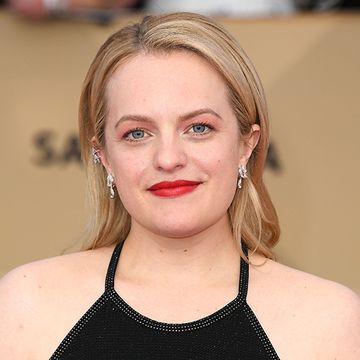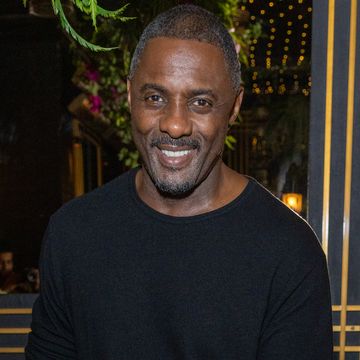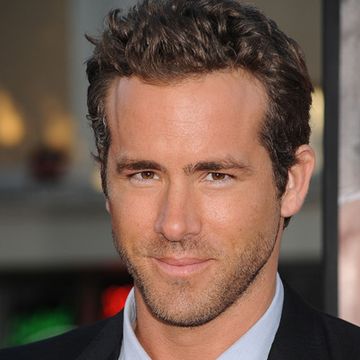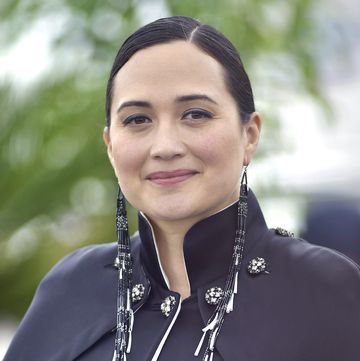For Farrah Fawcett, 1976 was a big year. Besides achieving breakout success on the small screen as one of Charlie's Angels, that was the year her iconic swimsuit poster was released. This pinup poster, which showcased Fawcett's wholesome beauty and sex appeal, would be prominently placed on millions of bedroom and dorm room walls across the United States and around the world. Explored in the special Biography: Farrah Fawcett Forever, it also became a defining feature of the 1970s and is considered to be the best-selling poster of all time (a record that's unlikely to be broken now that the internet's around). Here's a look at how this famous swimsuit photo came to be, and how involved Fawcett was in its creation.
Fawcett thought the poster idea was 'cute'
In 1976, Ted Trikilis of poster manufacturing company Pro Arts Inc. wasn't familiar with Fawcett. That changed when the son of a neighbor suggested creating a poster featuring the starlet, as the men in his dorm liked her so much they were buying women's magazines because Fawcett was pictured in shampoo ads. Trikilis realized Fawcett could be an opportunity for his company, and Pro Arts soon reached out to her about appearing in a poster.
When her agent told her about the idea, Fawcett agreed to have her picture taken. She did this because she felt the poster idea was "cute," but also because she believed it was better to get involved with the process. As she explained in 1977, "The reason I decided to do a poster was, well, if you don't sign a deal to do one, somebody does one anyway, and then you get nothing."
Fawcett wore her own one-piece swimsuit to cover a childhood scar
From the start, Fawcett exerted control over her photos. After she'd been disappointed by the work of two other photographers, she suggested to Pro Arts that freelance photographer Bruce McBroom, with whom she'd worked before, get the assignment. Pro Arts wanted Fawcett to wear a bikini, but instead, she opted for one-piece swimwear (this was what she normally wore, in part because she preferred to conceal a scar on her stomach that dated from childhood).
The photoshoot for Fawcett's poster took place at her Los Angeles home — which she shared with then-husband Lee Majors, star of The Six Million Dollar Man — on a hot summer day in 1976. There were no stylists; Fawcett did her own hair and makeup. The different swimsuits she put on were from her closet, not provided by designers. And instead of following the directions she'd been given to create "sexy" images, she decided, "I'll just do it the way I want."
Though Fawcett looked great throughout the day, as the hours passed McBroom felt he hadn't yet taken the right photo. In 2009, he told Entertainment Weekly he'd then asked Fawcett, "You know how you look best. Is there anything else that you’ve got that we haven’t shot?" When she came back wearing a form-fitting red swimsuit, McBroom thought it was perfect. He realized he had a blanket from Mexico in his truck that would make an ideal backdrop. After retrieving the blanket, he asked Fawcett to get comfortable and began shooting with his last roll of color film.
The actress hand-picked the poster image
The deal that Fawcett struck allowed her to select the photos to be considered for the poster. After reviewing McBroom's shots, she had a favorite that she marked with a star. In this picture, a gleaming smile flashed from her tanned face, which was surrounded by her tousled golden hair. Fawcett's red swimsuit wasn't overly revealing in her seated pose, but her nipples were clearly outlined by the red fabric of her swimwear.
Fawcett sent that image along with a few other photos that she liked, so the team at Pro Arts got to decide which shot to use. But in the end, they followed Fawcett's instincts. It was a wise choice: the poster was an instant hit when it went on sale in 1976. By March 1977, five million copies had been sold. Devoted fans of the poster were convinced they could see the word "sex" spelled out in the waves of Fawcett's hair.
The success of Charlie's Angels, the Fawcett-starring television series that debuted in the fall of 1976, no doubt boosted the poster's sales. But Fawcett deserves plenty of credit as well. As McBroom later said to Time magazine, "It was Farrah's pose, Farrah's suit, Farrah's idea. She picked that shot."
The swimsuit is on display at the Smithsonian
Fawcett's famous swimsuit poster went on to sell more than 12 million copies, making it a boundary-breaking bestseller. She would earn $400,000 in royalties from the poster, dwarfing the $5,000 she received per episode of Charlie's Angels during her one season on the show.
Though she would have other accomplishments, this swimsuit photo was always a big part of Fawcett's story, just as it was a big part of the story of the 1970s. In 2011, two years after her death, Fawcett's red swimsuit and a copy of her iconic poster were donated to the Smithsonian’s National Museum of American History to join its collection of culturally significant objects.
